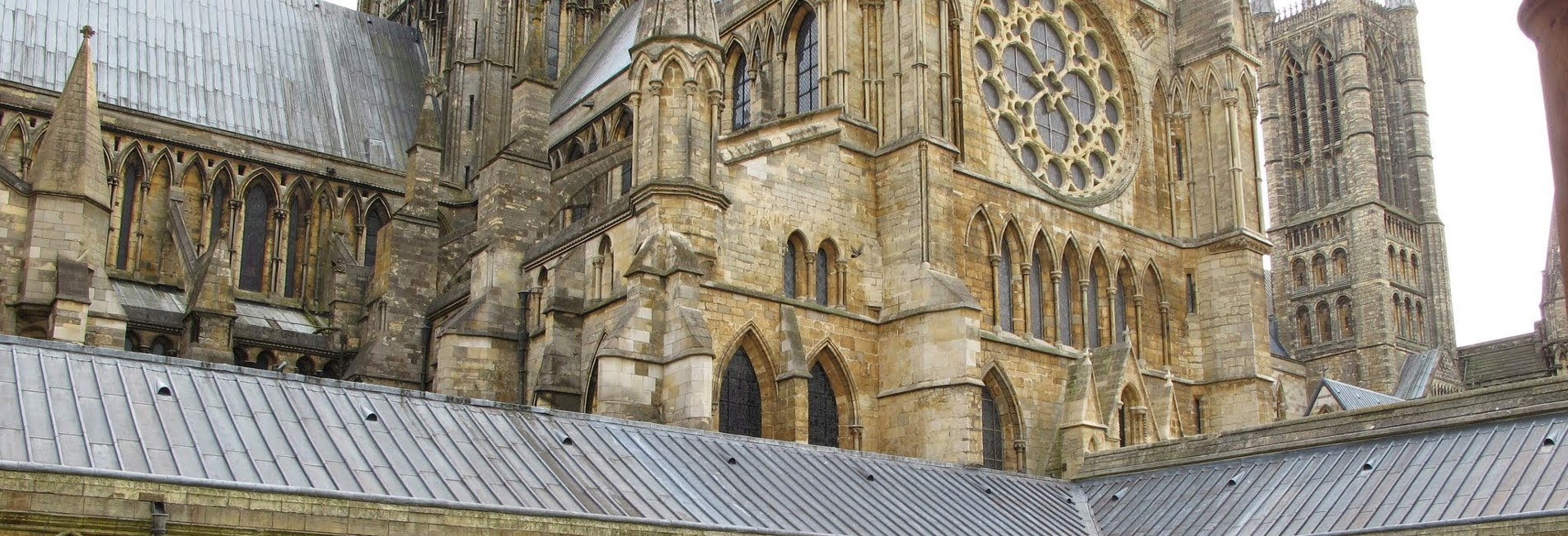Lincoln Travel Guide
A travel and information guide to the city of Lincoln.

A travel and information guide to the city of Lincoln.
Lincoln is a Cathedral City and the county town of Lincolnshire. It is located in the East of England and has a rich history dating back to the Roman days of 47 AD when the settlement of then-named Lindon was occupied and a fortified town was built. The city is home to one of only four surviving copies of the Magna Carta, the 1215 charter that has become the symbol of liberty and freedom in the western world.
By train – Around 2-hours from London, 1.5-hours from Sheffield, or 50-minutes from Nottingham. By car – Take the A1 and A46 from the South and Midlands by road. From the north, the M180 connects to the A15, leading to the city.
Lincoln Cathedral and Lincoln Castle are central to the city, and occupy the high ground, from where the rest of the city has expanded, down the hill to what it is today. The city itself is small, with the key areas of interest within walking distance of each other. There are historic remains to be seen, including sections of Roman Wall, along with many well-preserved medieval stone houses, on or around Steep Hill, which progresses from the cathedral down to the city centre.
Between 1311 and 1549 Lincoln Cathedral was the tallest building in the world. It is now an example of one of Europe’s finest Gothic buildings. Stunning views can be found from the roof and tower. Consecrated in 1092, it was the raising of the central spire in 1311 which led to its tallest building status, with this ending upon its collapse. Make sure you check out some of the carvings residing within including the Lincoln Imp.
Lincoln Castle is built on a site occupied since Roman times, being built in 1068. The castle grounds are free to enter and explore on non-event days. The Castle is currently home to one of the four surviving copies of the Magna Carta which has resided in the city since its writing in 1215. Although much the charters clauses dealt with medieval rights and customs, the document has become a potent symbol for liberty and freedom around the world. For more information about this historic document and its importance take a look at this BBC iWonder article here. The Castle is also home to a copy of the 1217 Charter of the Forest, which re-established the right of access to the royal forests for free men.
Beside Lincoln Cathedral are the ruins of the 12th-century Bishop’s Palace. From here, the local bishops controlled the vast Diocese of Lincoln, which covered an area from the Humber to the Thames.
A museum which holds a collection of the varied social history of Lincolnshire and its people from 1750 to present day.
Head out to the north-east of Lincoln itself, and discover the Lincolnshire Wolds. This designated Area of Outstanding Natural Beauty consists of a range of hills, and is the highest area of land in Eastern England between Yorkshire and Kent.
When visiting a city, booking a short hotel stay can allow you to have a good base to go on and explore the city centre and its attractions. There are a number of hotel options available in and around Lincoln. Comparison websites such as Booking.com and Hotels.com will show you the prices for the available hotels.